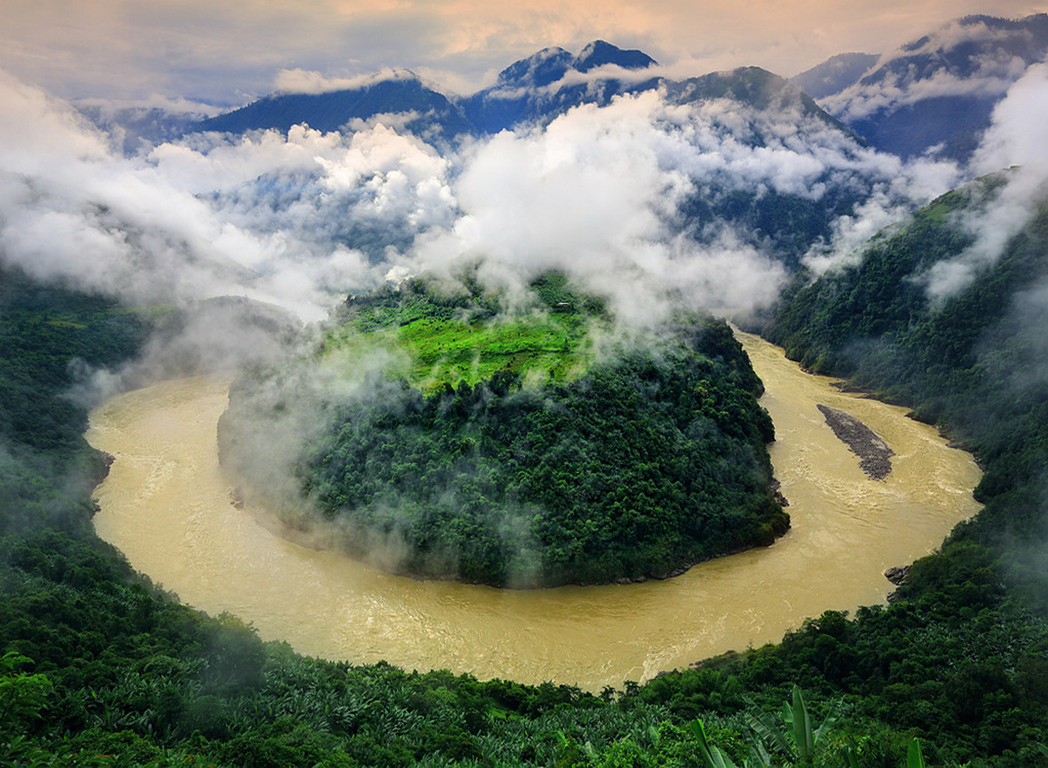
The Yarlung Zangbo Grand Canyon
As a treacherous canyon hidden in inner Tibet, the Yarlung Zangbo Grand Canyon has been discovered as a new and challenging tourist attractions include the Grand Canyon, the Great Yarlung Zangbo Turning, beautiful snowberg of Namcha Barwa, Gyala Peri Mountains.
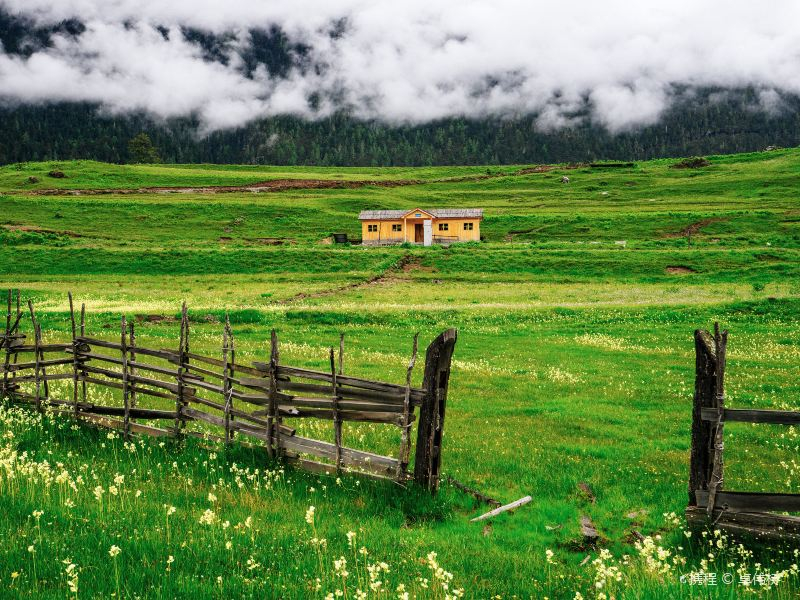
Lulang Forest
It is difficult to find a place where landscapes of glaciers, mountains, canyons, meadows, forests, rivers and lakes coexist with each other, yet it is called Tibet's 'Mini Switzerland'.
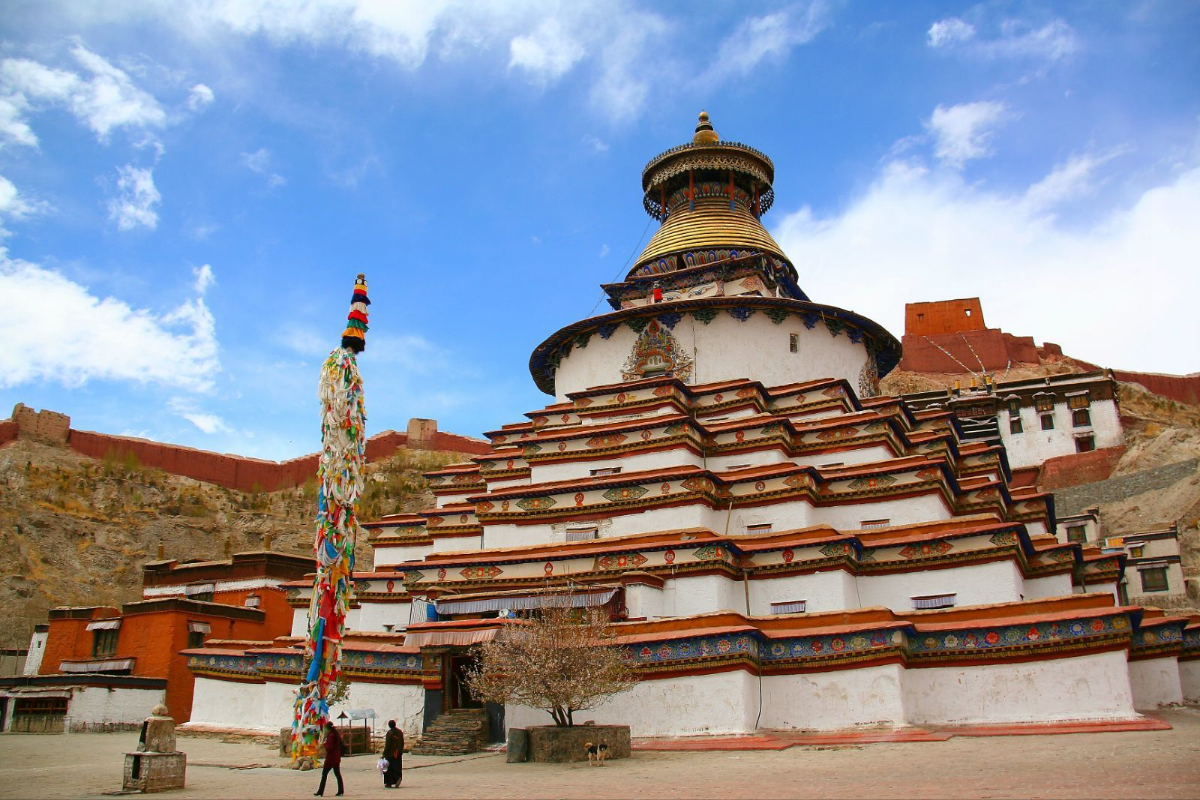
Palcho Monastery
Whether you come for Tibetan architecture art or the deep Tibetan religious culture, Palcho Monastery with different Buddhist sculptures, religion murals, monastery architectures can give you more than just you want to explore.
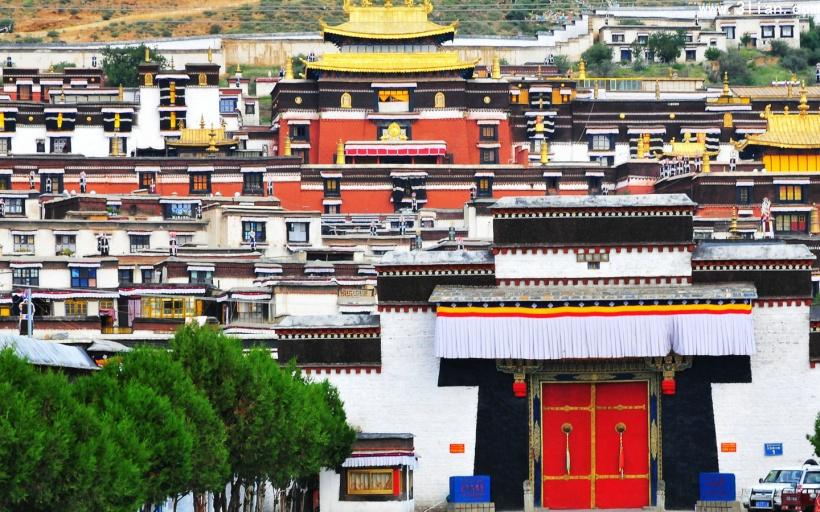
Tashilhunpo Monastery
Being the largest monastery in Shigatse, Tashilhunpo Monastery stores many treasures, including the giant priceless Future Buddha Statue, precious Buddha Stupas, and more manuscript Buddhist texts and numerous murals.
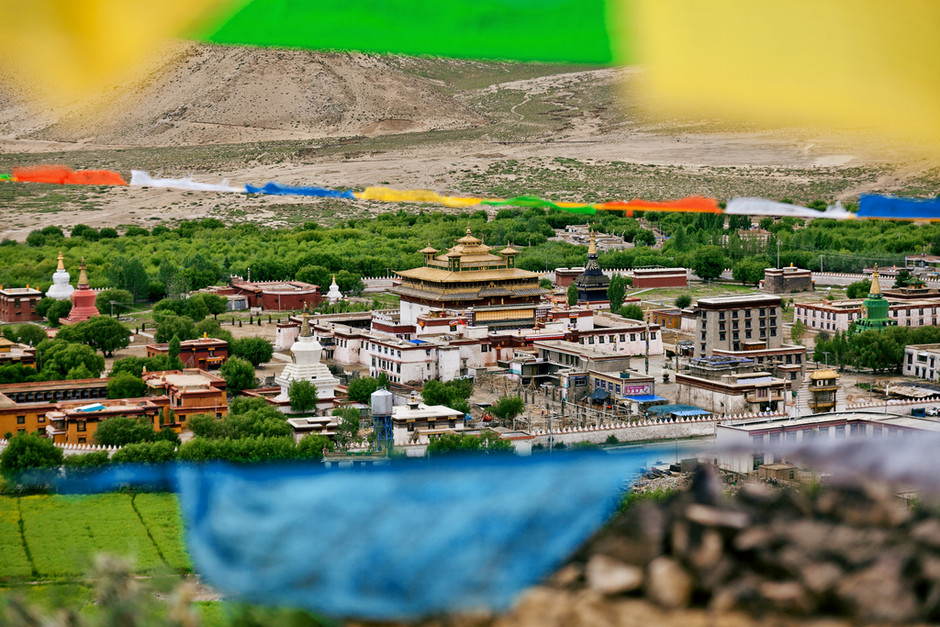
Samye Monastery
For over 1,200 years of history, Gandan Monastery is one of most influential monastery in Tibet, It has remains a very important pilgrimage site and a symbol of Tibet's national identity, in which Nyingma, Sakya and Geluk schools all have strong interests.

Yumbulagang Palace
Now like other temples of Tibet, it is mainly dedicated to the worship of Shakyamuni Buddha. As for the splendid history, there are various murals and wall paintings telling its stories of the first king of Tibet, the first architecture of Tibet and the first land in Tibet.
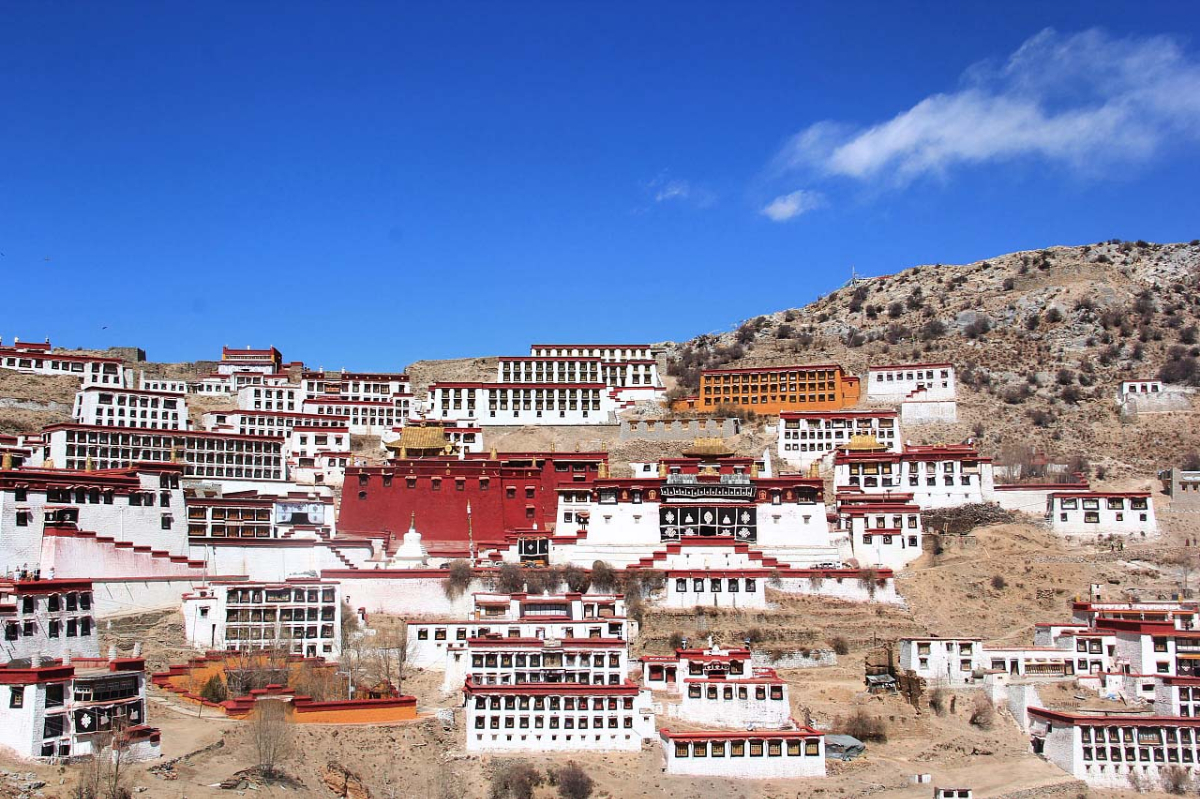
Gandan Monastery
The three main sights in the Ganden Monastery are the Serdung, which contains the tomb of Tsongkhapa, the Tsokchen Assembly Hall and the Ngam Cho Khang the chapel where Tsongkhapa traditionally taught.

Norbulingka Palace
Norbulingka Palace is a unique representation of Tibetan palace architecture.It has a large collection of Italian chandeliers, Ajanta frescoes, Tibetan carpets, and many other artifacts. Murals of Buddha and the 5th Dalai Lama are seen in some rooms.

Drepung Monastery
The Ganden Phodrang in Drepung was the residence of the Dalai Lamas until the Great Fifth Dalai Lama constructed the Potala. Drepung was known for the high standards of its academic study, and was called the Nalanda of Tibet.
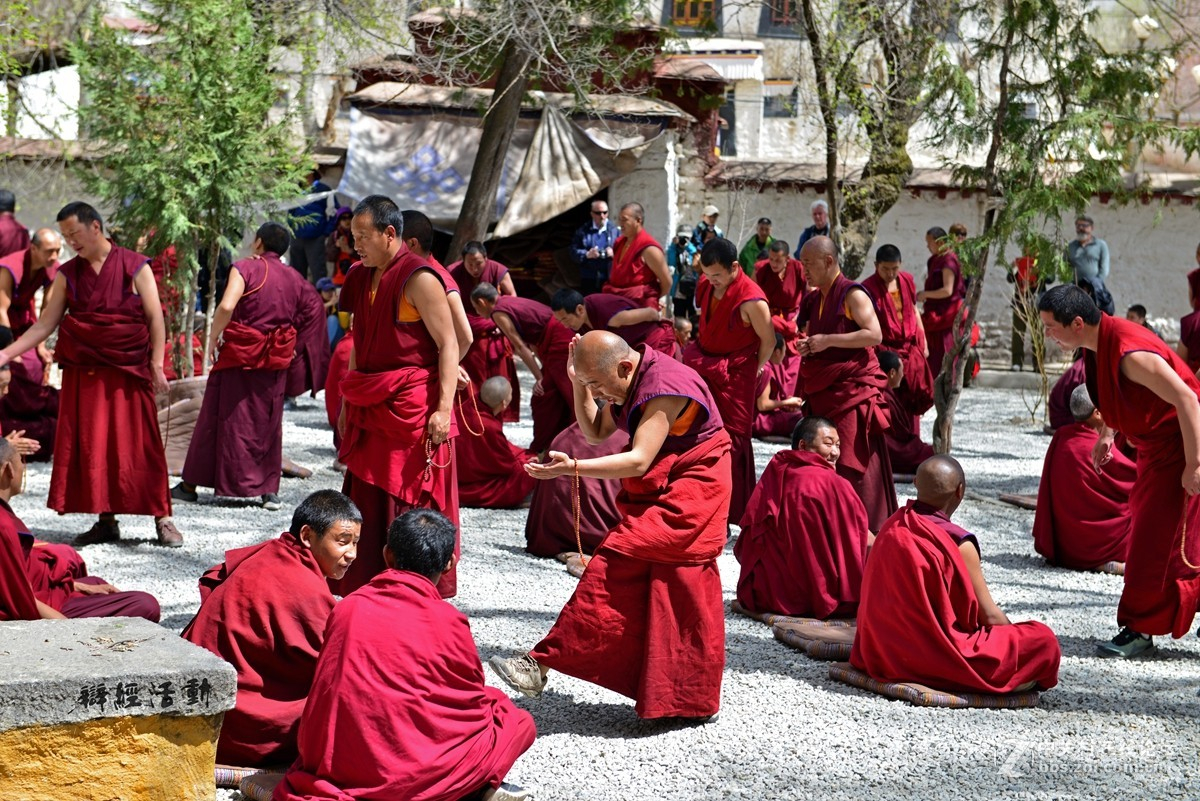
Sera Monastery
Debates among monks on the Buddhist doctrines are integral to the learning process in the colleges in the Sera Monastery complex. Visitors also attend to witness these debates that are held as per a set schedule, every day in the 'Debating Courtyard' of the monastery.

Barkhor Street
Barkhor Street , reputed as the “heart of Lhasa”, is the most famous pilgrimage circuit and bustling bazaar in Lhasa. It is not just a holy ritual walk path for pilgrims to worship and do the kora, rather, it also gains its reputation for the paradise in which delicate Tibetan foods and products are served.
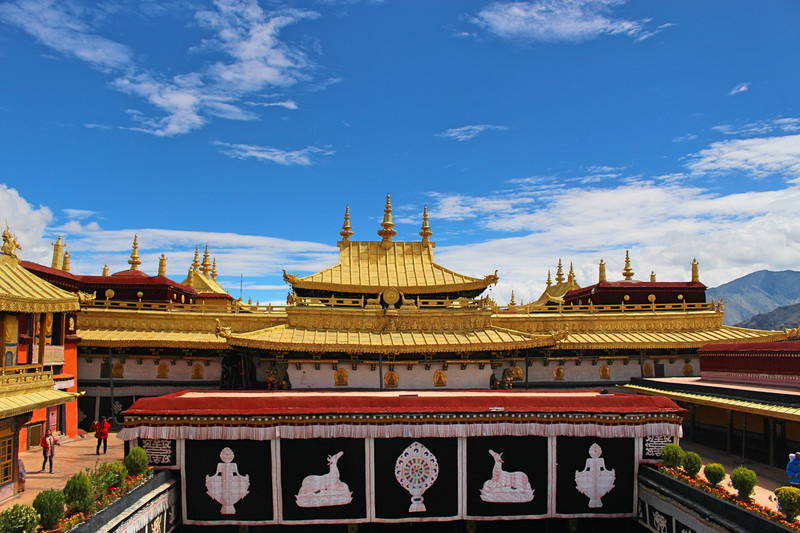
Jokhang Monastery
Jokhang Monastery is listed in the World Cultural Heritages with Potala Palace and Norbulingka. Situated at the heart of the old town of Lhasa and surrounded by Barkhor Street, Its four-story main building demonstrates a combination of the Han, Tibetan, Indian and Nepalese architectural styles, as well as a mandala world outlook of Buddhism.